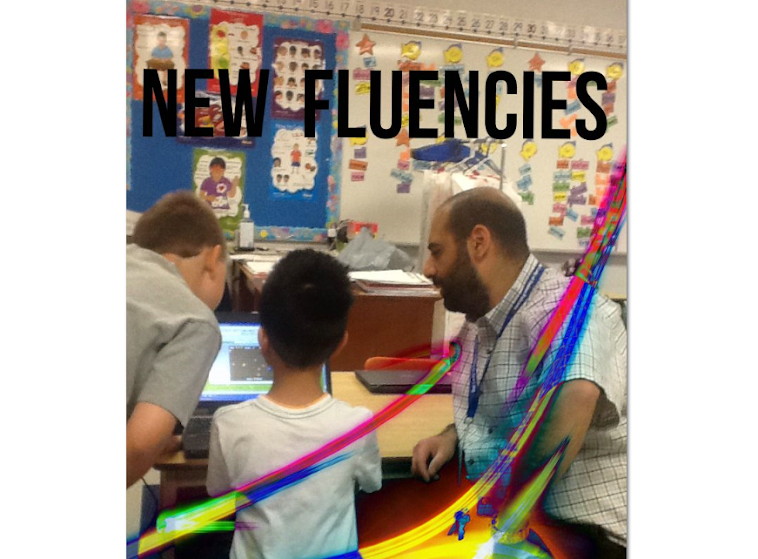"Space mathematics: addition and subtraction — it is an interesting (step by step) method of experiencing addition and subtraction within the limits of 100. Your child will learn quickly and fail-safe mental calculation. The child gets into a fun space travel: SAVING THE EARTH FROM METEORITES! The better he counts, the more precisely rockets fly!!! The game allows the child to be trained in the correct execution of tasks, and in the speed of finding an answer, because he will have to shoot quickly using rockets at meteorites flying towards the Earth. During the space travel your child is accompanied by an animated cheerful 3D personage named Cosmic, who helps in the game." (https://itunes.apple.com/us/app/space-mathematics-addition/id539421564?mt=8)
It is a good thing that we used the "Mathopolis" app first because this app can stress out the most seasoned math student! Mathopolis provided the students with the option of solving problems without the use of a timer - which allows the students to take as much time as they need to solve the problems. With Space Math, meteorites fly across the screen and if you don't get the answer right the meteor will crash into the earth. Here are some screen shots to give you an idea of what the game looks like and how it works:
This is what the main interface looks like. The planet on the left is where the answer is provided for the students. The planet on the far right hand side is the planet that you have to save.
In the picture below you will see that the meteor comes into the field of view (from left to right). As the meteor travels across the screen to the planet on the right the student has to figure out what number added to 4 (the number on the meteorite) will equal 18 (the number in the planet on the left).
The student selects the number 14 missile and fires at the meteorite. The answer is correct so the meteorite explodes and the app shows you the correct addition sentence. When the student answers incorrectly, the missile fires toward the centre of the screen and the meteorite crashes into the planer. After a certain amount of errors the game ends and you have to start over again!
As I walked around the class and observed the students I had a few of them approach me and tell me that they were able to apply (their word, not mine) the strategies of "doubles" and "near doubles" to solve their problems. Some of the students would pause the game when the meteor would fly across the screen in order to provide them with the time needed to think about and solve problem. When I asked them why they were pausing the game, they responded by telling me that they "needed" more time and that they would be able to answer the questions if they had more time. I could not be more proud of them! I am pleased to know that some of them were aware of what they needed and found a way to differentiate in order to be successful.
After some time with this app I brought the students back to the carpet to debrief. They said that they liked the game and that it took them some time to adjust to how fast it worked. We talked about the strategies they used to lead them to success. The students listened to each others logic and we had a good discussion. They seem to be more comfortable with the counting strategies we have been talking about for the past little while - they know where to find them and are experimenting with them. Moreover, they are starting to talk more about their thinking in solving addition and subtraction problems.
I invite your feedback about what I have written about. Please feel free to comment here or to drop me an email at rtwcdsb@gmail.com.




No comments:
Post a Comment